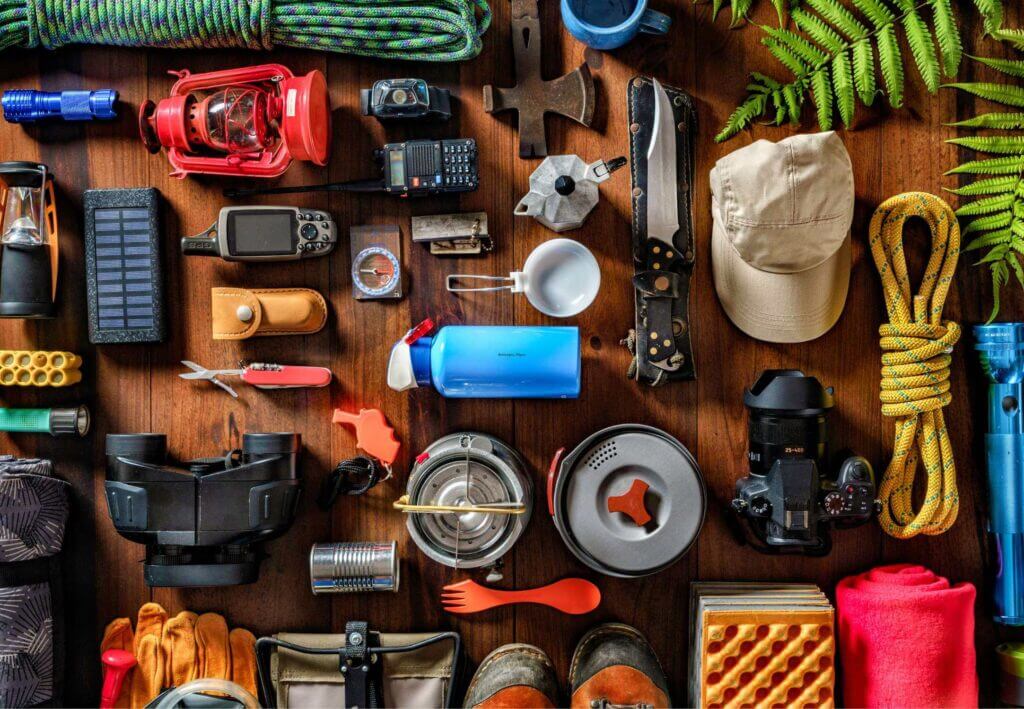Bushwalking, or hiking, is a wonderful outdoor activity that offers a chance to explore nature and get some exercise at the same time. Whether you’re a seasoned hiker or a beginner, it’s important to follow a few tips to ensure that your bushwalking experience is safe and enjoyable.
Plan your hike before you go
Before you hit the trail, take the time to plan your route and research the conditions you may encounter. Make sure you know the length of the trail, the difficulty level, and the estimated time it will take to complete. This will help you prepare physically and mentally, and also ensure that you have enough time to complete the hike before it gets dark. If you’re using Pioneer walks to pick your adventure, this information should be available on the walk page.
Wear appropriate gear

Make sure to wear comfortable, sturdy footwear and appropriate clothing for the weather conditions. Dress in layers so that you can easily adjust to changing temperatures. A hat and sunglasses are also important to protect you from the sun.
Take enough food and water
It’s important to stay hydrated while hiking, so make sure to bring plenty of water. It’s also a good idea to bring some snacks or a light lunch to keep your energy levels up. If you’re unsure of how much after is enough water, you can read our guide here.
Pack a first-aid kit
A basic first aid kit should include items such as bandages, pain relievers, and antiseptic wipes. It’s also a good idea to bring any personal medications you may need. We have written a helpful guide to ensure your first aid kit is adequately packed here. It is best to familiarise yourself with its contents and how to appropriately use it.
Respect the environment
When bushwalking, it’s important to leave no trace and to respect the natural environment. Stick to designated trails to minimize the impact on the surrounding vegetation, and dispose of any trash properly.
Be aware of your surroundings
Keep an eye out for any potential hazards such as snakes, ticks, or uneven terrain. It’s also important to be aware of your footing, especially when crossing streams or rocky areas.
Know your limits
It’s important to know your own physical abilities and limitations. If you’re not feeling well or the trail is too challenging, don’t hesitate to turn back. It’s better to be safe than to push yourself too far and risk injury.
In conclusion, bushwalking can be a wonderful and rewarding experience, but it’s important to be prepared and follow these tips to ensure that your hike is safe and enjoyable. With a little planning and preparation, you can enjoy the beauty of nature while getting some exercise at the same time. Happy hiking!